These covert photographs smuggled from Auschwitz in a toothpaste tube have been branded “gruesome” and censored from an exhibition supposed to depict the horrors of the tragedy.
The four photographs by Greek-Jewish concentration camp prisoner Alberto Errera were taken at Auschwitz-Birkenau in secret and smuggled out before the end of World War II.
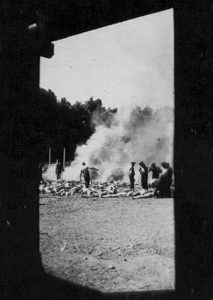
Israel’s official memorial to the Holocaust victims Yad Vashem described Errera’s pictures as the “only four [to] depict the actual process of mass killing perpetrated at the gas chambers in Auschwitz-Birkenau”.
Errera, a captured resistance fighter who was forced to work in a so-called ‘Sonderkommando’ (special unit) operating the furnace, covertly took the pictures with a camera hidden by his hip.
Being caught with the camera would have certainly meant imminent death for the brave serviceman.
After he took the photographs, Errera smuggled the film out of Auschwitz in a toothpaste tube.
The National Holocaust Museum in the Dutch capital Amsterdam decided to feature Errera’s pictures in the exhibition ‘The Persecution of Jews in Pictures. Netherlands 1940-1945’.
Exhibition curators Erik Somers and Rene Kok of NIOD (Institute for War, Holocaust and Genocide Studies) said: “We show how the social exclusion of Jews in 1940 was followed by increasingly strict provisions, persecution, deportation and their eventual destruction.

“This extreme consequence, however shocking, must be shown. It shows the terrible fate which Dutch Jews also experienced.”
However, the Jewish Cultural Quarter (JCK), which owns the Holocaust Museum, was reportedly unhappy about the pictures.
According to local media, the organisation had ethical and religious doubts about the display due to the disrespectful manner in which the dead were depicted.
The JCK also questioned whether the pictures were too “gruesome” given the educative goal of the exhibition.
JCK director Emile Schrijver said that it was not “necessary to show Errera’s photos” as the “exhibition is about the persecution of Jews in the Netherlands” and they were taken at Auschwitz.
He also called it “grotesque” to display the images in the Holocaust exhibition as they are already shown at another museum in the city.
According to reports, it was then decided to censor Errera’s A4-printed pictures by covering them up.
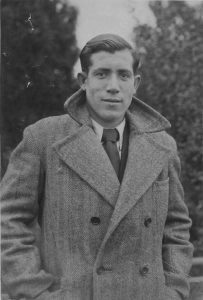
The exhibition organisers were livid at the decision. Somers said: “Errera precisely took these photos to show the heinous crimes that took place in Auschwitz to the outside world. This cannot be ignored.”
The two historians said that the exhibition, which will move to the Berlin museum ‘Topography of Terror’ in October, would never be censored in Germany.
Somers said: “They will be shown there, of course. In fact, the Germans would have objected if we tried to remove Errera’s pictures.”
Sadly, Errera did not survive World War II. He managed to stun his Nazi captors with a shovel while transporting crematorium ash to the River Vistula to be discarded.
However, he was fatally shot when he tried to swim to freedom.
To find out more about the author, editor or agency that supplied this story – please click below.
Story By: Koen Berghuis, Sub-Editor: Joseph Golder, Agency: Central European News


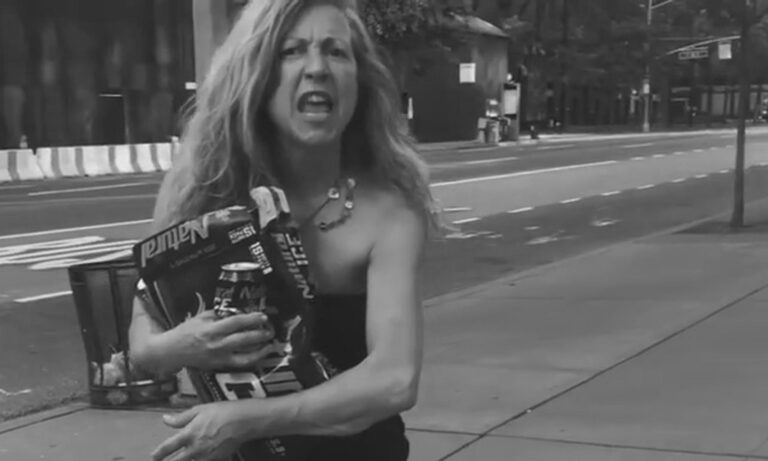
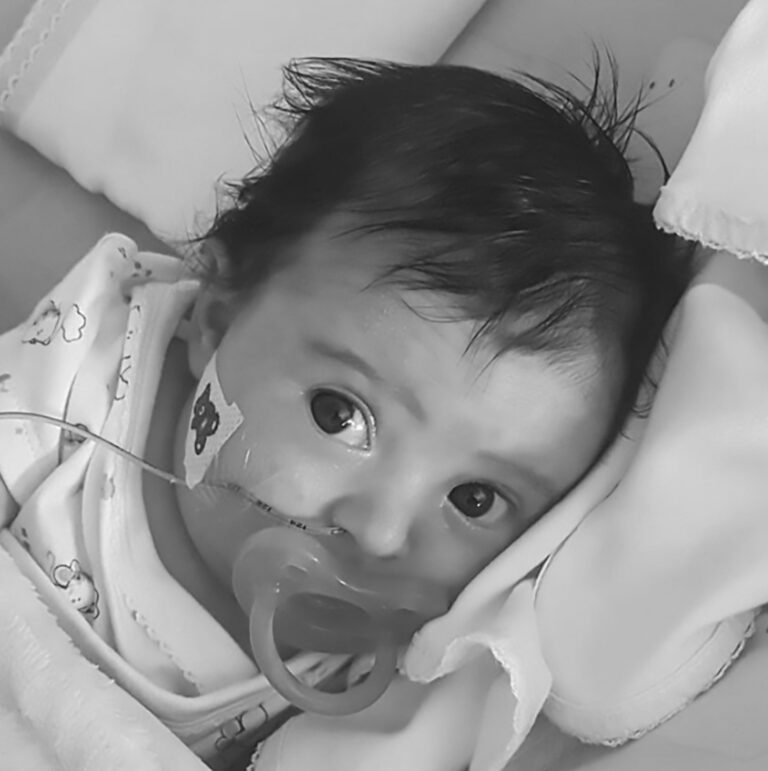
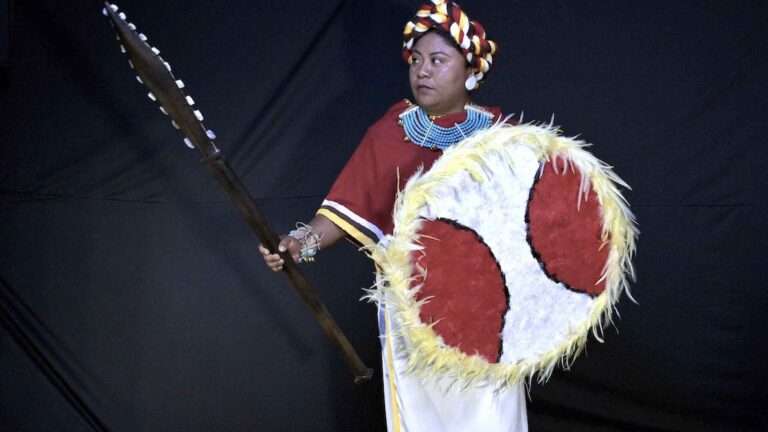
now we know that picture can tell the world what is going on at there..